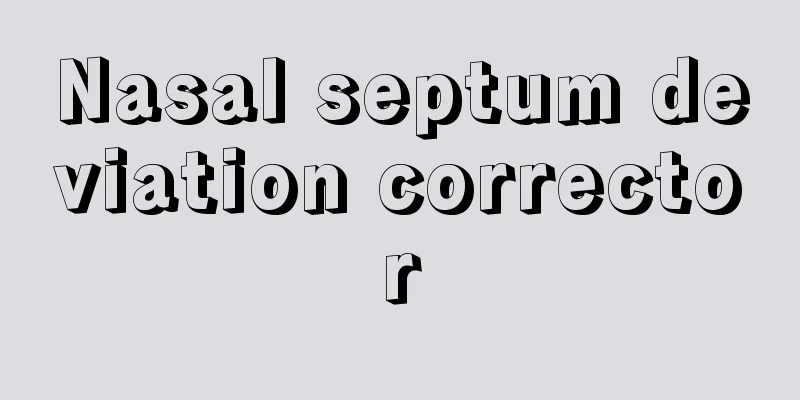How to care after brain cancer surgery? What are the diagnostic methods for brain cancer?

|
Brain cancer lesions appear in the skull, which makes treatment difficult. Because surgery can easily damage important nerves and often leave residual lesions, postoperative observation and scientific care are very important. The patient's family and medical staff must observe the patient's condition at all times, and should assist the doctor in handling any abnormalities. What are the key points in postoperative care for brain cancer? 1. Postoperative care for brain cancer surgery should follow general surgical care routines and post-anesthesia care routines. 2. Patients who have undergone general anesthesia after brain cancer surgery should lie flat before waking up from anesthesia, with their heads turned to the healthy side. If the blood pressure is stable after waking up from anesthesia, the head can be raised about 30 degrees. 3. Do not eat on the day of brain cancer surgery. You can eat liquid or semi-liquid food on the second day or follow the doctor's advice. 4. Pay more attention to the observation of the condition. After brain cancer surgery, pay attention to the observation of consciousness, pupils, and pulse once an hour for 6 consecutive times, every 2hl for 12 consecutive times. Measure blood pressure once an hour for 6 consecutive times, every 2hl for 3 consecutive times. Stop observation after the condition is stable for 3 days. If the condition requires, continue observation according to the doctor's advice. How are brain cancer diagnosed? 1. Imaging examination These include cranial X-rays, radionuclide brain angiography, ventriculography and cisternal angiography, and cerebral angiography. These examinations were once important diagnostic methods for neurological diseases, not only for locating lesions, but also for qualitative diagnosis. However, except for X-rays, these examinations are all damaging and should be carefully selected according to needs. 2. CT examination CT has a very high diagnosis rate for intracranial tumors and is one of the main diagnostic methods for brain tumors. Intracranial tumors are histologically quite different from normal brain tissues. Different tissue structures have different CT values and show different densities, thus showing lesions on CT images. 3. Magnetic resonance imaging MRI can provide clear anatomical background images, especially head images that are not disturbed by artifacts in the posterior cranial fossa, with clear contrast between gray and white matter in the brain, and can be used for coronal, sagittal and axial section faults, which is superior to CT. Intravenous injection of a paramagnetic substance, gadolinium (Gd) compound (Gd-DTpA), can significantly shorten the T-1 relaxation time of tissues, so it can be used as an enhancer to increase the contrast between lesions and normal brain tissues and improve the resolution of MRI. It is now generally believed that MRI should be the first choice for the diagnosis of neurological lesions. |
>>: The magical effect of flavonoids! Inhibiting the growth of brain cancer cells
Recommend
What are the commonly used diagnostic methods for lung cancer? 4 diagnostic methods for lung cancer you should know
Lung cancer is a relatively harmful disease. In s...
Pelvic inflammatory disease causes severe stomach pain
Stomach pain is a common thing in life. Many peop...
How much does it cost to cure skin cancer
How much does it cost to cure skin cancer? I thin...
Do lotus seeds increase milk secretion?
After a woman becomes pregnant, the entire proces...
What causes cervical cancer
The cause of cervical cancer is still unclear. A ...
Eating mango on an empty stomach causes stomach pain
Mango is one of the fruits that people like very ...
How to remove blackheads on both sides of the nose
Due to some modern concepts, more and more people...
What causes flat warts? HPV causes them
Flat warts are caused by HPV. Papules will appear...
Feeling dizzy
In life, everyone may often feel that their head ...
There is such a big difference between alcohol allergy and urticaria
Some people will experience allergic reactions af...
What are the hazards of double eyelid surgery to the eyes
Female friends who love beauty will choose plasti...
How to remove the yellowing of white clothes?
Every time when I organize my closet, I find some...
Why do middle-aged people sweat frequently?
Nowadays, many middle-aged people sweat frequentl...
What are the symptoms of prostate cancer
The number of elderly people suffering from prost...
There is protein in the urine
Protein is an essential nutrient for the human bo...









